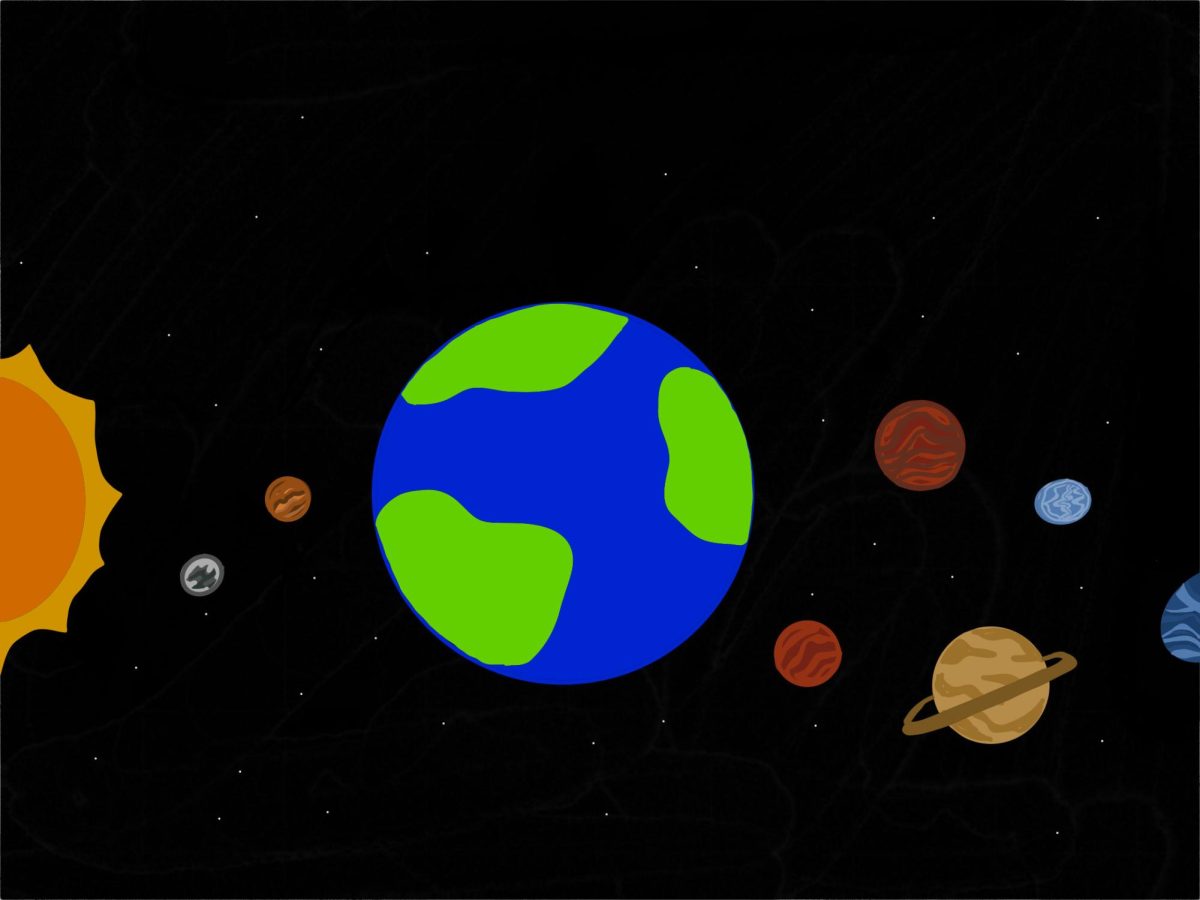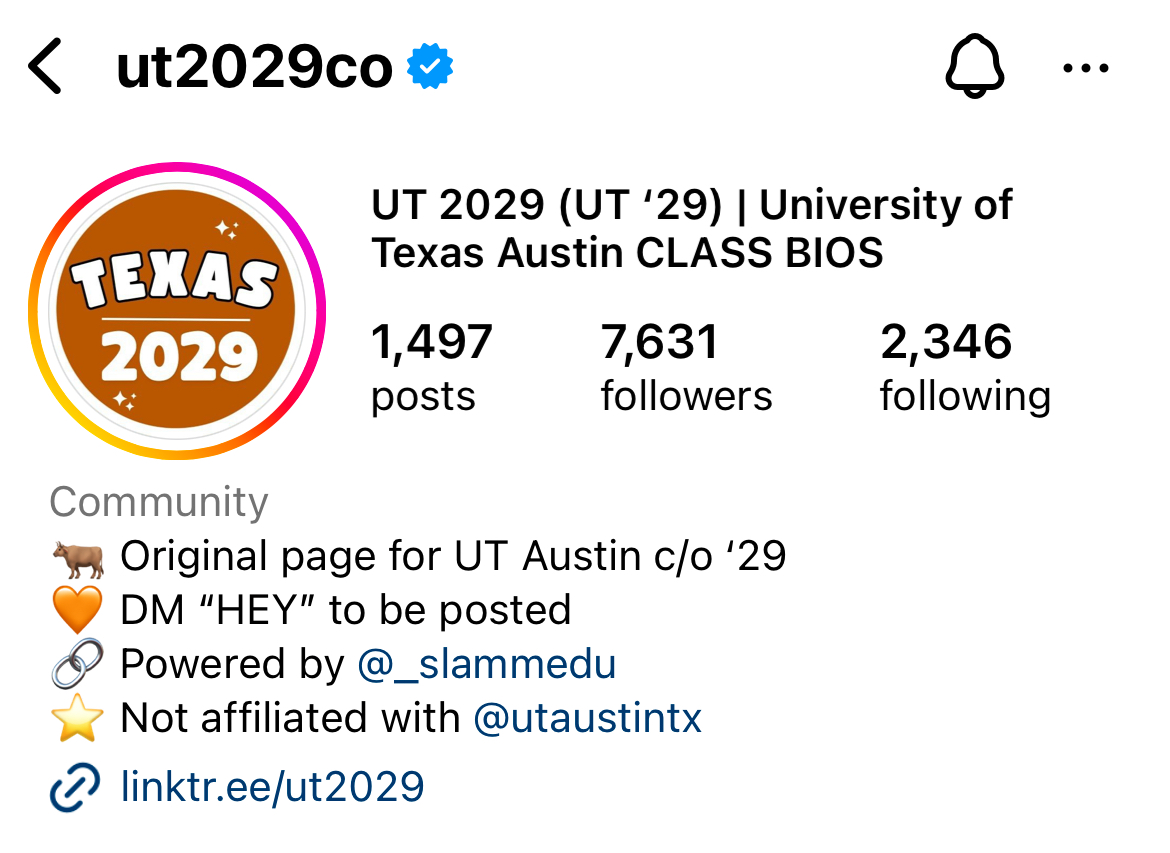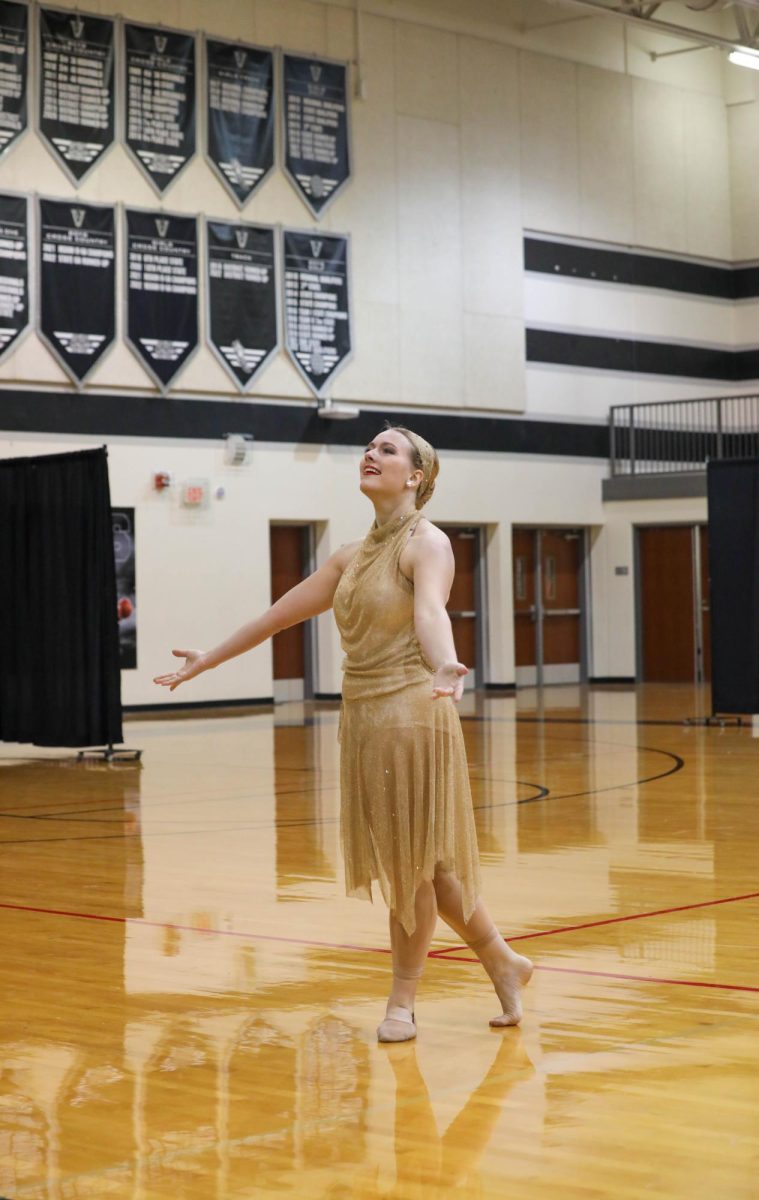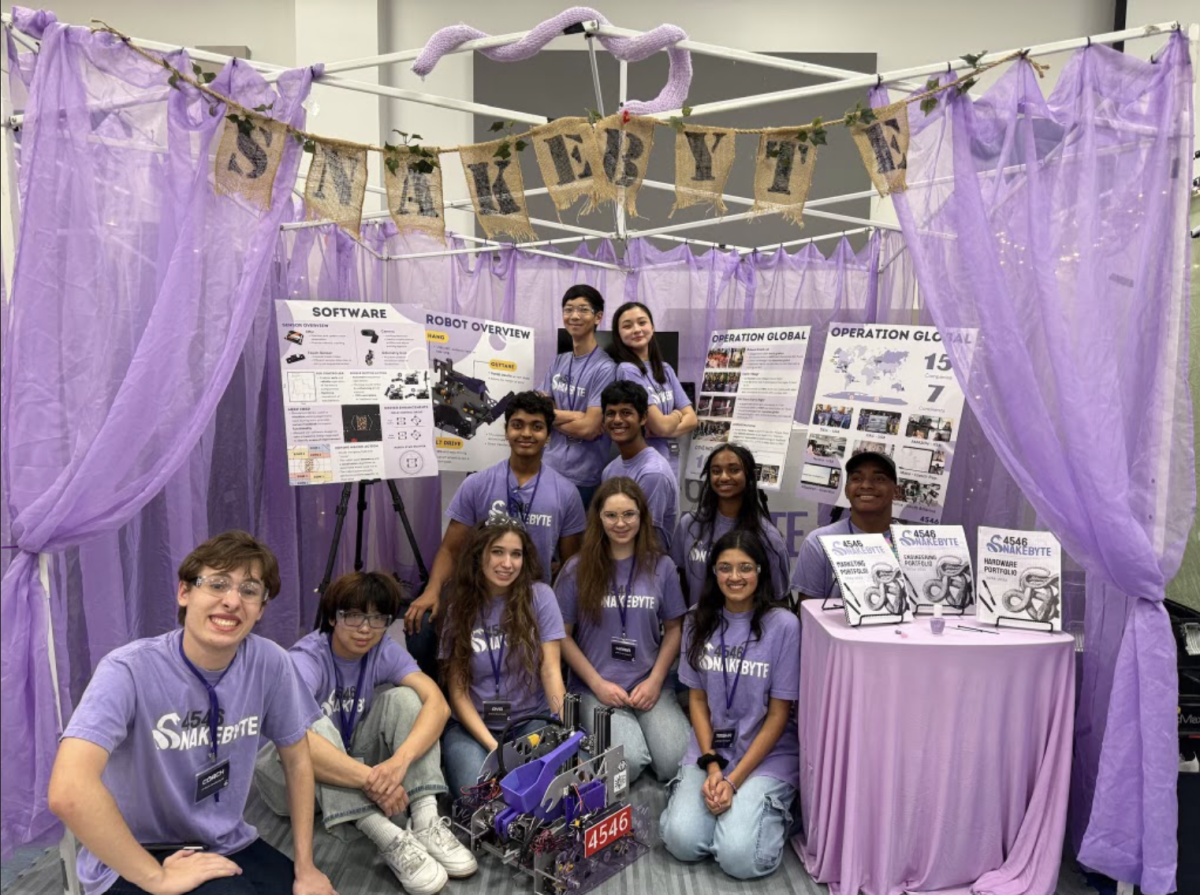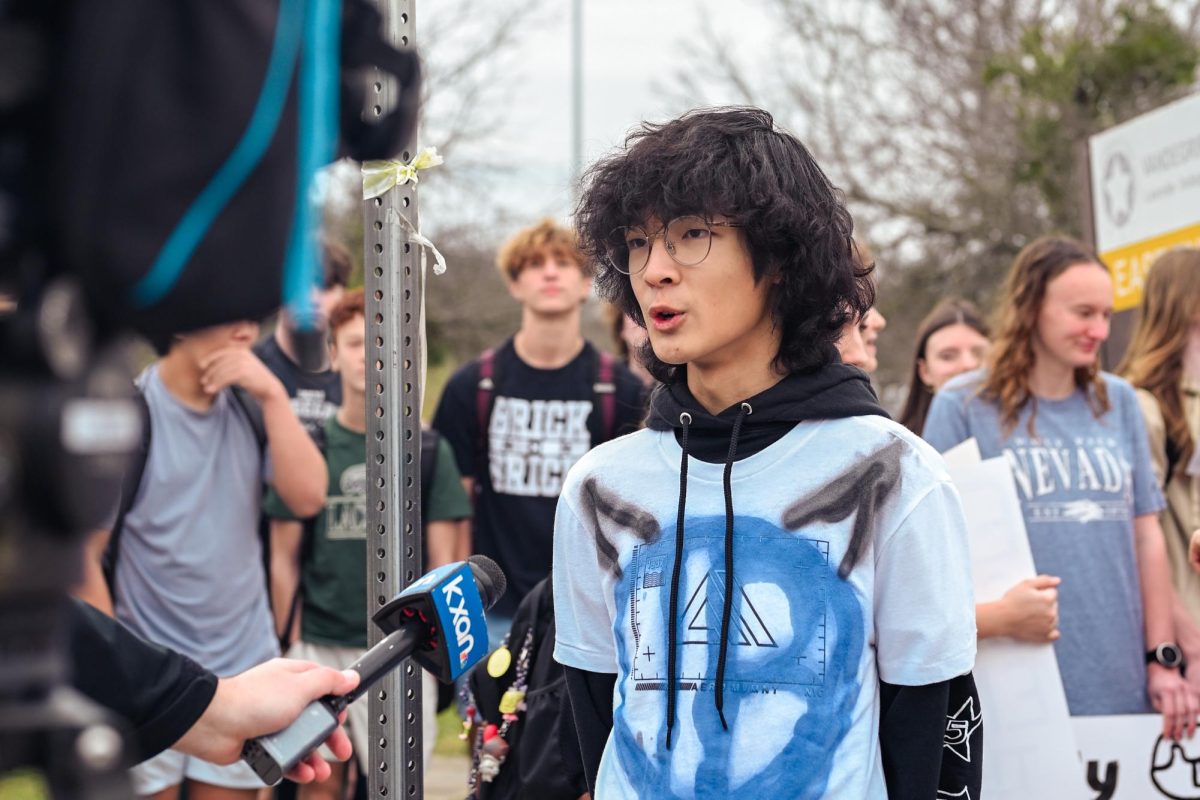Students have learned about science since the beginning of their academic careers. When they begin high school, science becomes more in-depth, with each course based on specific topics. Unfortunately, this causes most students to overlook the concept of science being a whole subject and not composed of different disconnected topics like in the classroom. However, the former Earth and Space Science class made a point to fill in the gaps of connection between the sciences that students are required to learn, specifically in the six-week space-focused section of the curriculum.
Beginning in the 2024-2025 academic year, this section has been cut from the class’s curriculum. Instead, officials have decided to focus the class entirely on Earth, renaming it: Earth Science Systems. This change is due to the existence of an astronomy class offered by the Texas Essential Knowledge and Skills (TEKS), which is available at some Texas high schools, although not on campus.
“I think it was the best, most interesting part of the year,” Jonathan Winship, Earth Science Systems teacher said.. ”I mean, I’m a big fan of Earth science, however, I think that space always gets kids excited- It’s just something that is connected back to even when we were little kids, we always just really enjoyed learning about space and so I think it was a way to really keep kids engaged.”
Winship taught Earth and Space Science for many years before the change, and with the only other teacher leaving, he is the only individual in school who has taught the former curriculum and understands the significance of it. According to him, the decision was based on the state board of education’s desire to make astronomy its own course and enhance the Earth science curriculum.
“[The six weeks included] a lot of awesome stuff,” Winship said. “Pretty much everything from the beginning of time- from solar systems, the big bang, universe expansion, creation of stars, creation of galaxies, creation of solar systems, [and] ultimately, the creation of our planet.”
The space units combined explain not only the timeline of the Earth space class, but also the timeline of every fundamental piece of life and the universe. It is a study of how the last four and a half billion years have led humanity to the point it has reached now. This is why Winship took it upon himself to use a class period to educate his students briefly about the content included in the 6 weeks taken out.
“[When I was in] my 9th grade year I had this teacher, Mr. Alanise, who for the first day of school made us put our textbooks in our locker and then taught us whatever he wanted to teach us,” Winship said. “teaching us the things that he felt relevant allowed him to have creative freedoms and [also] connected so many dots for me as a student that I still remember and are concrete in my knowledge today.”
In the condensed lecture on the space curriculum, he made sure to include explanations of the relationships between space and other scientific topics while centering a main focus on where life and the bases of scientific knowledge came from.
“I believe that all of the stuff we teach is fundamental knowledge, but I think more importantly than that we need to make the content relevant,” Winship said. “If we’re not connecting the larger picture then these things just exist in isolation.”
A connection of the sciences to space puts them all into perspective and shapes a fuller understanding of how they are all unified, and fundamentally based together.
“Personally I think it’s really unfortunate [that this part of the curriculum was cut],” Winship said. “I think that the connective tissue between all sciences is that section of space that we were teaching.”
With this change, future generations of students will not learn this foundational knowledge unless an astronomy class is added. However, the addition of this class would require enough interest as well as a reallocation of funding and other resources to make it happen. Winship explained the complicated process of adding a class on campus.
“[It’s a] real detriment that we took out some vital TEKS to put them into a curriculum that is just about space but then [we aren’t] offering that class to students,” Winship said. “And at Vandegrift, we offer like every science so I wonder what’s happening in the rest of the state of Texas where they offer very limited science courses, [and] what’s happening to student knowledge.”
The space curriculum was essential in introducing a baseline in which students are able to tether not only their previous scientific knowledge, but also the idea that everything humans have come to know originated in the same place and that all of life is connected.
“I think that the most important thing for a teacher to do is to create relevance in the curriculum that they teach and create connectivities so that kids can really understand why it is that they are learning this stuff and in addition, where this stuff that we’re learning came from, so we see the bigger picture.” Winship said.
Connection is something that humans crave naturally. Although this is typically thought of as connections to people, places or objects, humans are all elementally connected to something much, much greater. That is: the universe. Every single atom in our bodies was formed out in space and then eventually brought to earth; Humans (as well as every other living thing on earth) were all at one point stardust.


